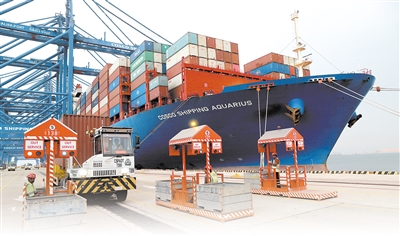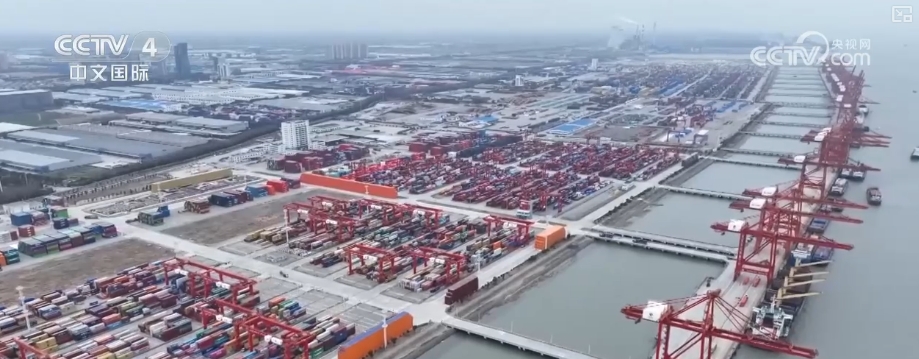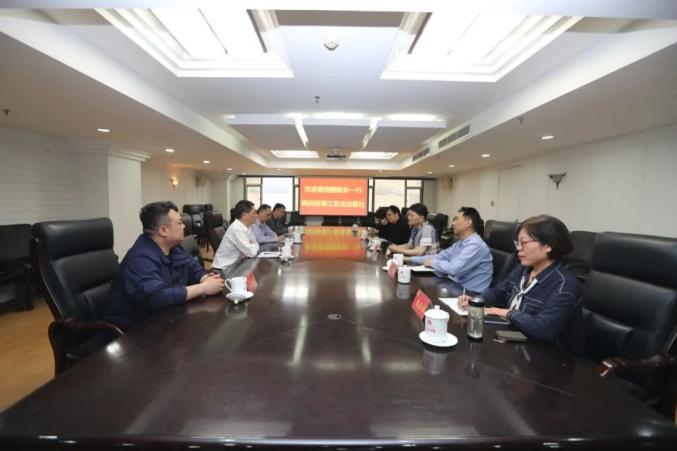In-depth Analysis: Analyze The Ten Military Equipment Stocks With The Most Potential? When Will It Stabilize And Rebound?
In-depth Analysis: Analyze The Ten Military Equipment Stocks With The Most Potential? When Will It Stabilize And Rebound?
Part One: Analysis of the top ten A-share military equipment stocks with the greatest potential. The current investment logic of the military industry has shifted from the past “theme hype” to the performance drive of “sustained high prosperity, core technology breakthroughs, and military trade exports.”

Part One: Analysis of the top ten A-share military equipment stocks with the greatest potential
The current investment logic of the military industry has shifted from the past "theme hype" to the performance drive of "sustained high prosperity, core technology breakthroughs, and military trade exports." The following list comprehensively considers the company's scarcity, technical barriers, core position in the industry chain and certainty of performance growth.
category
Company Name
Stock code
Core potential analysis
OEM (core of industrial chain)
AVIC Shenfei
The first stock of Chinese fighter jets. The main business is fighter aircraft, which are the core platform for aviation equipment installation and have strong demand certainty. As a main engine manufacturer, it enjoys high bargaining power in the industrial chain and is the ballast stone for the military industry sector.
aviation engine power
The only final assembly platform for aero engines. The "heart" of the aircraft has extremely high technical barriers and huge room for domestic substitution. Benefiting from the increased volume of military aircraft and the increase in engine localization rate, the long-term growth path is clear.
Core subsystems and components
AVIC Optoelectronics
Military connector faucet. As a basic component, it is widely used in all high-end equipment such as aviation, aerospace, ships, and electronics. It benefits from the trend of informatization and intelligence, has the attribute of "consumables", and has seen steady growth.
Ziguang Guowei
Core supplier of special integrated circuits. Its subsidiary China Microelectronics provides FPGA, bus and other core chips, which are the "brain" of equipment informatization. It has extremely high technical barriers and huge profit margins.
Missiles and informatization
Aerospace electrical appliances
The leader in connectors in the aerospace field. It is deeply involved in missiles, rockets, satellites, ships and other models, benefiting from the batch installation of missiles and other consumable equipment and the high aerospace boom, with full orders.
Zhenhua Technology
Military electronic component platform. Mainly engaged in tantalum capacitors, resistors, semiconductor discrete devices, etc., which are the basis of new equipment. As a platform under China Electronics, it benefits from domestic substitution and high industry prosperity.
New materials and new technologies
AVIC Hi-Tech
Core supplier of aerospace composite prepregs. Materials are the basis for equipment upgrading. The company has a strong technological monopoly and directly benefits from the increase in the proportion of military aircraft iteration and new material application.
Guangwei composite materials
Civilian carbon fiber faucet, important military supplier. The business covers the entire carbon fiber industry chain. Military products are used in aerospace and other fields. Civilian products benefit from the demand for wind power carbon beams, and there is broad room for growth.
Ships and Electronic Countermeasures
Chinese ship
China's leader in ship assembly. As the flagship platform after the merger of "North and South Ships", it will benefit from the modernization of the navy and the global shipbuilding and repair cycle, and has great performance flexibility.
Drones and new combat capabilities
aerospace rainbow
The leader in military drones. Drones are a new type of combat capability in modern warfare. The company has a complete product line and leading technology. It is also actively expanding the foreign trade market and has a huge market space.
Part 2: Analysis of the causes of the sharp drop on October 17 and analysis of the stabilizing rebound. 1. Why the sudden sharp drop?
The volatility of the military industry sector has always been relatively high, and the sharp drop on October 17 was the result of a combination of internal and external factors:
Direct trigger: Geopolitical mood swings. Although search results show rumors of specific events, the military industry sector is extremely sensitive to geopolitical news. Any news that is seen as potentially easing tensions may be interpreted by the market as a "weakening of expectations," leading to the rapid withdrawal of funds that had been tense in the early game. Fundamental reasons: Performance concerns and market style Order and delivery rhythm issues: The market is worried about some companies' third-quarter performance, or the growth rate is slower than expected due to delays in confirming some orders. In a weak market, any uncertainty about performance is amplified. Characteristics of the “rumor market”: When the A-share market is in a downturn, it is easily affected by unconfirmed gossip, triggering panic selling. Market risk appetite has dropped sharply: funds have collectively flowed out of the high-valuation, highly-elastic military sector and toward defensive sectors. Characteristics of the sector itself: Military sectors with high Beta attributes usually have a high Beta value, that is, when the market as a whole falls, its decline is often greater than the market average. The overall adjustment of the A-share market on October 17 amplified the decline of the military industry sector. 2. When will it stabilize and rebound?
Stabilizing and rebounding is a process, not a point in time. We need to observe the following key signals to judge.
1. Signals of stabilization (need to be observed):
Signal 2: Leading stocks take the lead to stop falling Signal 3: Release of performance risks Signal 4: New catalysts emerge
2. Driving force for rebound (the mid- to long-term logic has not changed):
Part Three: Strategies and Suggestions for Investors Maintain strategic focus and take advantage of fluctuations: the long-term logic of the military industry has not been destroyed by a single-day plunge. For long-term investors, irrational market declines are often good opportunities to buy core assets in batches. Prioritize the targets with the highest "certainty": when the industry beta is not good, you should choose those with scarce tracks (such as Aviation Power, AVIC Hi-Tech). The competitive landscape is good (such as AVIC Optoelectronics, Ziguang Guowei). A leading company with high performance visibility. Pay attention to areas where "marginal improvement" is obvious: the military aircraft industry chain (AVIC Shenyang, Aircraft Engine). Missiles and other consumables (aerospace electrical appliances). New materials and electronic components (AVIC Hi-Tech, Zhenhua Technology). Strictly control positions and avoid blindly buying the bottom: before the signal of stabilization is clear, it is not advisable to place heavy bets at one time. You can adopt fixed investment or batch buying strategies to smooth costs and spread risks.
Conclusion: This sharp drop is more the result of the combined effect of short-term sentiment, rumors and market style, and has not shaken the core investment logic of "long-term high prosperity" in the military industry. Stabilization time may take days to weeks and requires confirmation of the above signals. For investors, they should stay calm at the moment, focus on core companies with strong fundamentals, and take advantage of the market's panic to make strategic arrangements for the next round of market conditions driven by performance and long-term growth logic.





